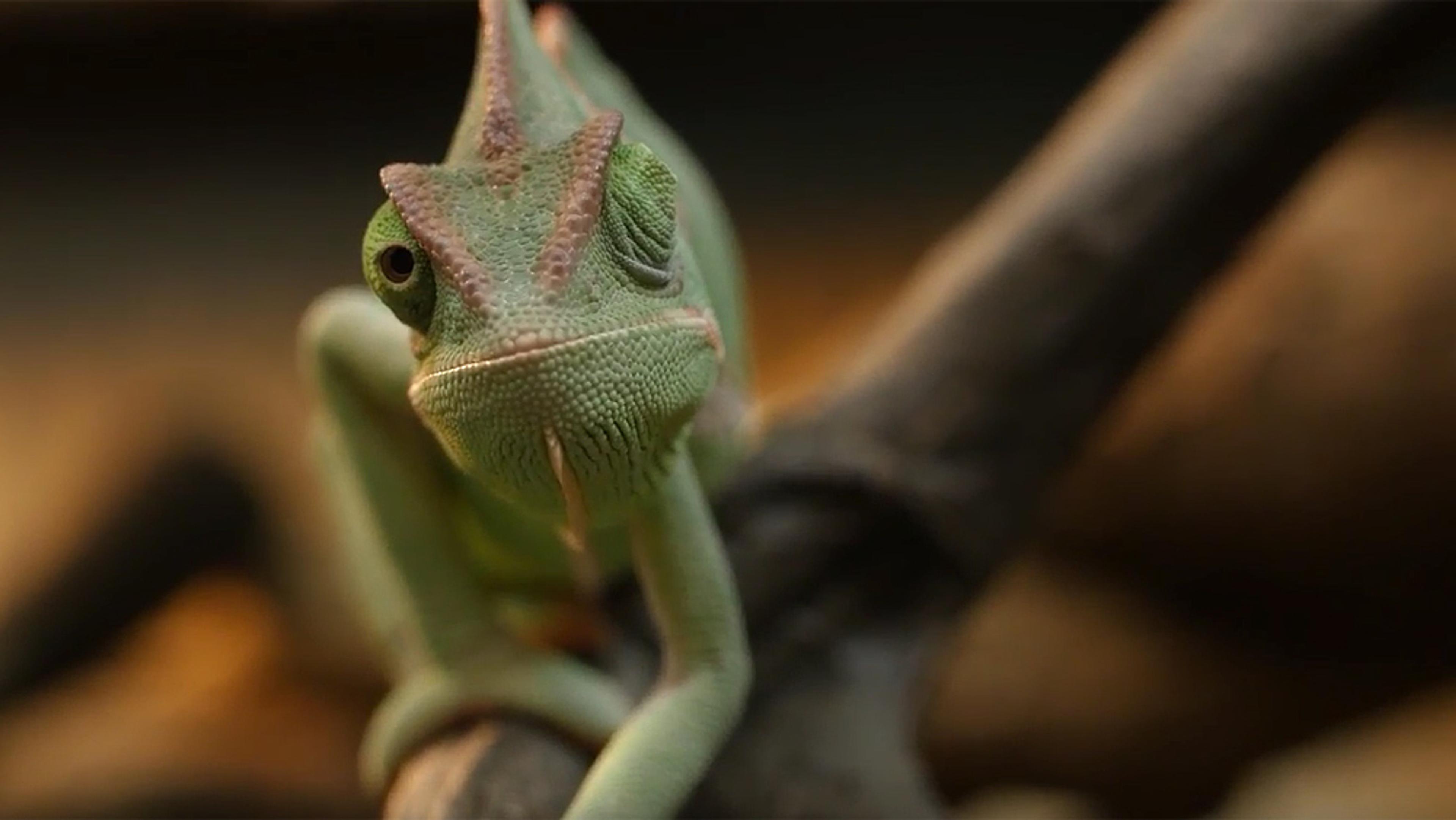The reason humans get goosebumps – or, to be technical, experience horripilation – when scared is simple enough: perceived threats are met with a rush of adrenaline through the bloodstream, causing muscle contractions that make hairs stand on end. This made our much hairier ancestors appear larger to potential predators. But why does our skin react this way when we’re cold or when we’re moved by a song, a landscape or a painting? Or even when we drink lemon juice? This video from NPR’s Skunk Bear probes some of the evolutionary origins of our skin’s most mysterious adaptation.
Why do fear, cold and sublime feelings all provoke the same response in our skin?
Producers: Adam Cole, Ryan Kellman

videoEvolution
The vibey way spiders differentiate potential meals and potential mates
1 minute

videoBeauty and aesthetics
Why do audiences thrill to the negative emotions of horror fiction?
6 minutes

videoHistory of ideas
What separates the beautiful from the sublime?
2 minutes

videoBiology
Do we finally understand why winged insects seem drawn to light?
7 minutes

videoEvolution
How chameleons change colours not to blend in, but for nearly opposite reasons
4 minutes

videoDance and theatre
Dance seems to be the ultimate frivolity. How did it become a human necessity?
4 minutes

videoEthics
Pain leads to empathy and self-preservation: should we make robots ‘feel’ it?
12 minutes

videoIllness and disease
How our bodies can create billions of defences against disease with just 20,000 genes
3 minutes

videoHuman evolution
Why did our sea-dwelling ancestors leap to land? It might have been the view
4 minutes